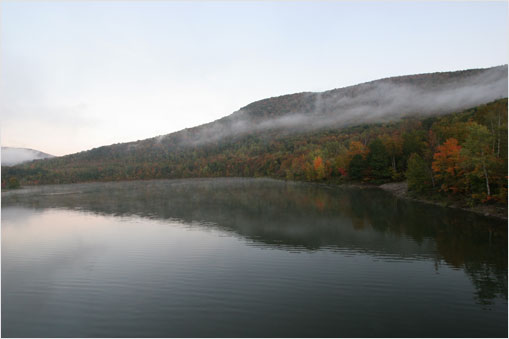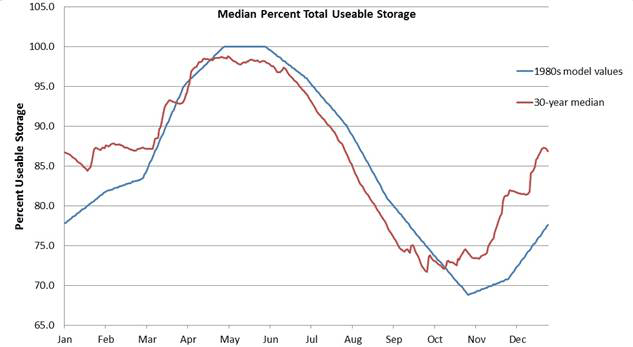The Upper Delaware Council, Inc. (UDC) is pleased to announce the recent filling of several vacancies on the non-profit organization’s board.
The Commonwealth of Pennsylvania will be represented by Timothy Dugan, District Forester from the Pennsylvania Department of Conservation and Natural Resources’s (DCNR) Delaware State Forest District Office in Swiftwater.
Dugan succeeds Dennis DeMara, formerly the Natural Resource Program Supervisor for PA DCNR’s Bureau of Recreation and Conservation, who had served as UDC Representative from October 2004 through his Oct. 4, 2013 retirement.
Serving as UDC Alternate Representative for PA is Rhonda Manning, River Basin Program Coordinator for the PA Department of Environmental Protection’s (DEP) Interstate Waters Office based in Harrisburg. This position had been vacant since the 2005 retirement of David J. Lamereaux of PA DEP, who started with the UDC in 1989.
The Westfall Township Board of Supervisors voted on Feb. 11 to appoint licensed fishing guide Joe Demalderis as its UDC Representative. He succeeds Alex Cena, who moved out of state in November 2012. There is currently no alternate representative.
The Upper Delaware Council’s voting membership consists of the two states – Pennsylvania and New York State - and 13 local governments including eight NY towns and five PA townships which border on the Upper Delaware Scenic and Recreational River. The Delaware River Basin Commission is a non-voting member.
The National Park Service (NPS) works in partnership with the UDC to implement the River Management Plan. The federal agency’s interests on the Council are represented by Mike Caldwell, who was appointed as Regional Director for the NPS Northeast Region based in Philadelphia on Feb. 11 to succeed Dennis Reidenbach following his Jan. 1, 2014 retirement.
The NPS Alternate Representative is currently Malcolm Wilbur of Milford, PA, who began an assignment on Jan. 27 as Acting Superintendent of the Upper Delaware Scenic and Recreational River, due to the Jan. 24, 2014 retirement of Sean McGuinness following a tenure that began Feb. 4, 2010.
For more information on the UDC and its activities, please call the Narrowsburg office at (845) 252-3022 or visit www.upperdelawarecouncil.org.
The Commonwealth of Pennsylvania will be represented by Timothy Dugan, District Forester from the Pennsylvania Department of Conservation and Natural Resources’s (DCNR) Delaware State Forest District Office in Swiftwater.
Dugan succeeds Dennis DeMara, formerly the Natural Resource Program Supervisor for PA DCNR’s Bureau of Recreation and Conservation, who had served as UDC Representative from October 2004 through his Oct. 4, 2013 retirement.
Serving as UDC Alternate Representative for PA is Rhonda Manning, River Basin Program Coordinator for the PA Department of Environmental Protection’s (DEP) Interstate Waters Office based in Harrisburg. This position had been vacant since the 2005 retirement of David J. Lamereaux of PA DEP, who started with the UDC in 1989.
The Westfall Township Board of Supervisors voted on Feb. 11 to appoint licensed fishing guide Joe Demalderis as its UDC Representative. He succeeds Alex Cena, who moved out of state in November 2012. There is currently no alternate representative.
The Upper Delaware Council’s voting membership consists of the two states – Pennsylvania and New York State - and 13 local governments including eight NY towns and five PA townships which border on the Upper Delaware Scenic and Recreational River. The Delaware River Basin Commission is a non-voting member.
The National Park Service (NPS) works in partnership with the UDC to implement the River Management Plan. The federal agency’s interests on the Council are represented by Mike Caldwell, who was appointed as Regional Director for the NPS Northeast Region based in Philadelphia on Feb. 11 to succeed Dennis Reidenbach following his Jan. 1, 2014 retirement.
The NPS Alternate Representative is currently Malcolm Wilbur of Milford, PA, who began an assignment on Jan. 27 as Acting Superintendent of the Upper Delaware Scenic and Recreational River, due to the Jan. 24, 2014 retirement of Sean McGuinness following a tenure that began Feb. 4, 2010.
For more information on the UDC and its activities, please call the Narrowsburg office at (845) 252-3022 or visit www.upperdelawarecouncil.org.


 ShareThis
ShareThis
